Wabi-sabi is the Japanese philosophy of embracing imperfection, impermanence, and the beauty of the incomplete.
A Simple Definition of Wabi-Sabi
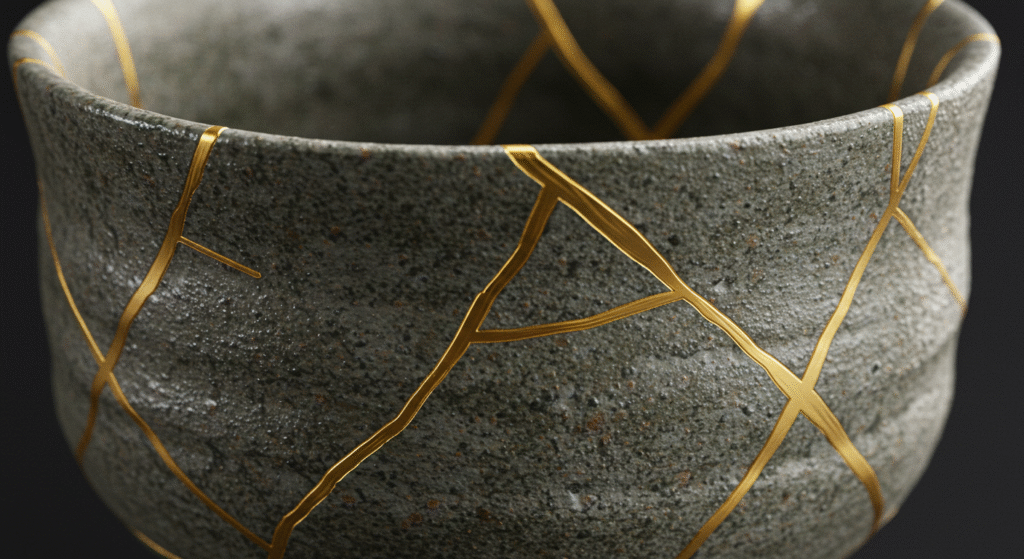
Wabi-sabi is a uniquely Japanese concept of beauty that finds elegance not in perfection, but in imperfection, impermanence, and incompleteness.
It can be hard to translate directly into English, but it’s often summed up with three words:
“imperfect, impermanent, and incomplete.”
Rather than seeking flawlessness or newness, wabi-sabi appreciates the aged, the worn, the quiet, and the humble. It teaches us to embrace cracks in pottery, fading colors in textiles, or the silence between words—because these are where true beauty lives.
In modern times, wabi-sabi has found a new place in global design, wellness, and even everyday life. It aligns closely with minimalism and mindfulness, yet remains deeply rooted in traditional Japanese culture.
Where Wabi-Sabi Comes From

The roots of wabi-sabi run deep in traditional Japanese culture—especially in Zen Buddhism and the Japanese tea ceremony.
Originally, the word wabi referred to the loneliness of living in nature, away from society. Over time, it evolved to suggest a quiet, humble simplicity—choosing peace over excess. Sabi, on the other hand, once meant the passage of time or the withering of age. Later, it came to express an appreciation for things that grow more beautiful as they age.
These two ideas merged during Japan’s medieval period (around the 14th to 16th century), and became central to wabi-cha, a stripped-down, rustic form of tea ceremony led by masters like Sen no Rikyū. Instead of ornate Chinese teaware, Japanese tea masters embraced rough pottery, natural textures, and intentional imperfection. These choices weren’t just aesthetic—they were philosophical.
Wabi-sabi also shares DNA with older Japanese values like mono no aware (the pathos of things) and mujo (impermanence), which reflect a sensitivity to the fleeting nature of life.
The Three Core Principles of Wabi-Sabi
Wabi-sabi is more than a feeling—it’s a philosophy built on three core ideas. These principles help explain why something that’s old, broken, or incomplete can still be deeply beautiful.
1. Imperfection
Wabi-sabi finds beauty in things that are flawed or irregular.
A handmade cup with a warped rim, a wooden table with knots or cracks—these are not mistakes, but marks of character. The uneven, the asymmetrical, the worn-out: these reveal life and authenticity.
2. Impermanence
Nothing lasts forever, and wabi-sabi embraces that.
Falling leaves, fading ink, rusting metal—these are natural stages of life. Wabi-sabi teaches us to appreciate change and transience, rather than resist it.
3. Incompleteness
In wabi-sabi, something unfinished can feel more alive than something “perfectly done.”
A space with empty corners. A thought that lingers without conclusion. The sense that something is evolving, not completed—it invites reflection and imagination.
These three principles contrast sharply with the Western ideal of perfection. Wabi-sabi asks us not to polish or fix, but to notice, accept, and value what is already there.
How Wabi-Sabi Looks in Real Life
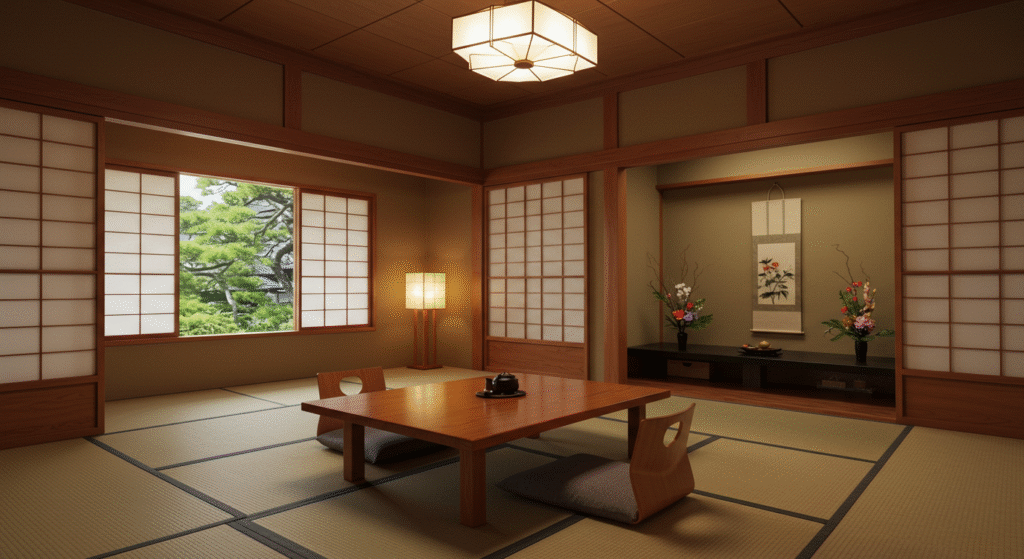
Wabi-sabi isn’t just a philosophy—it’s something you can see, touch, and feel in everyday life. In fact, you may already be experiencing it without even knowing.
Here’s how wabi-sabi shows up in the real world:
Homes and Interiors
A wabi-sabi home is calm, grounded, and natural. It may feature uneven plaster walls, handmade pottery, raw wood, or a faded linen curtain. Nothing is shiny or sterile; everything has texture, depth, and a story.
Rather than chasing perfection, a wabi-sabi space welcomes scratches, patina, and the quiet presence of time.
Crafts and Ceramics
Japanese pottery often celebrates asymmetry and imperfection. A glaze that runs unevenly. A tea bowl with a chip. These “flaws” are part of the beauty. Wabi-sabi reminds us that something doesn’t need to be perfect to be meaningful.
Lifestyle and Mindset
Wabi-sabi is also a way of living. It means slowing down, appreciating small details, and letting go of the pressure to always be “more.” A simple meal, a handwritten note, or time spent in nature all reflect this quieter, more intentional approach to life.
Wabi-sabi is not about minimalism as a trend—it’s about living with what feels true, aged, and essential.
Why Wabi-Sabi Matters Today
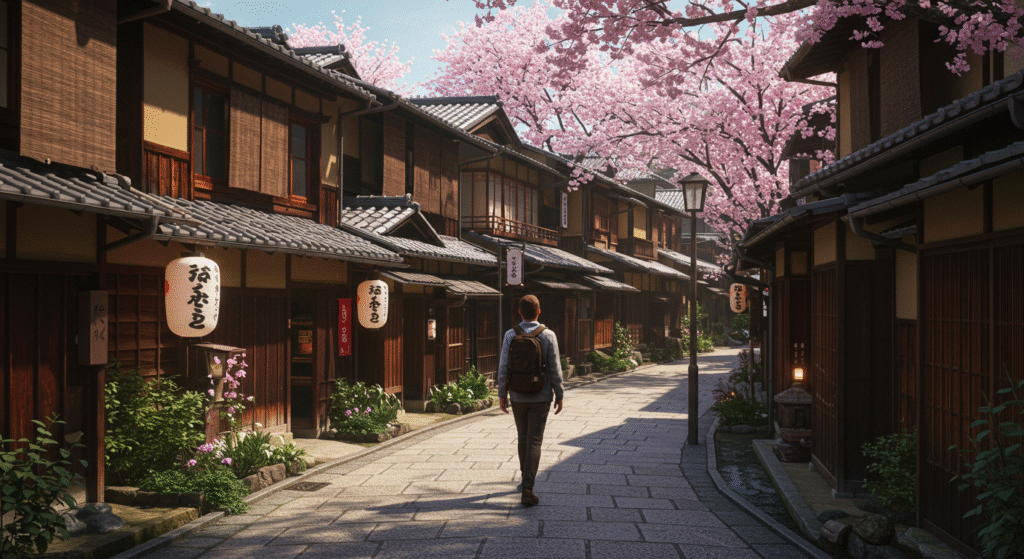
In a world obsessed with speed, perfection, and endless productivity, wabi-sabi offers something radically different: peace, acceptance, and simplicity.
Here’s why this ancient idea feels more relevant than ever:
A Remedy for Perfectionism
We live in a culture that rewards flawless images, polished resumes, and curated lifestyles. But wabi-sabi reminds us that imperfection is not a weakness—it’s what makes us real, and human. A crack in a bowl. A wrinkle in the skin. A pause in conversation. These aren’t flaws to fix—they’re details to cherish.
Connection to Mental Wellbeing
Wabi-sabi encourages presence. Instead of striving for “more,” it invites us to notice what we already have. This gentle shift in focus—from doing to being—is closely linked to mindfulness and emotional resilience.
A Slow, Sustainable Ethos
Wabi-sabi aligns with today’s calls for sustainability. It favors natural materials over synthetic ones, longevity over trends, and thoughtful use over mass consumption.
It teaches us that beauty doesn’t need to be bought—it can be found in what’s old, reused, or already around us.
In this way, wabi-sabi is not just an aesthetic. It’s a mindset that helps us navigate modern life with more calm, gratitude, and clarity.
Wabi-Sabi in Art, Design, and Business
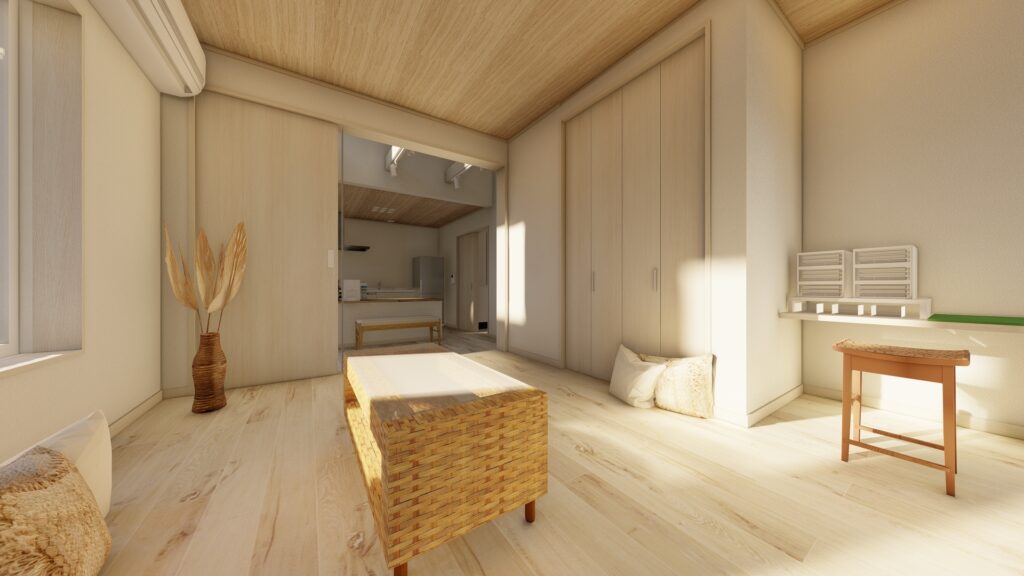
Wabi-sabi’s quiet power has found a home not only in traditional crafts, but also in modern design, creative industries, and even branding. Its principles of authenticity, simplicity, and natural beauty resonate deeply in today’s visual world.
Interior and Product Design
In recent years, wabi-sabi has influenced architects, interior designers, and furniture makers worldwide.
You’ll find it in homes that favor natural textures like wood, stone, and linen—spaces that feel lived-in rather than staged. Designers embrace rough edges, earthy tones, and items that show wear as a form of charm.
Wabi-sabi doesn’t scream for attention. It whispers comfort and intention.
Art and Creative Work
Artists across disciplines have adopted wabi-sabi as a creative compass.
In photography, faded film tones and spontaneous moments reflect impermanence. In writing, white space and ambiguity echo incompleteness. The idea that “less is more” finds a poetic edge through wabi-sabi’s lens.
Branding and Business
Even brands are tapping into wabi-sabi.
Boutiques and cafés use imperfect pottery, weathered wood, and hand-written signs to evoke a feeling of authenticity and calm. Some logos avoid perfect symmetry or sharp lines in favor of hand-drawn strokes.
In an age of digital slickness, businesses that reflect sincerity and softness stand out—and wabi-sabi offers a path toward that kind of brand presence.
How Modern Japanese People View Wabi-Sabi
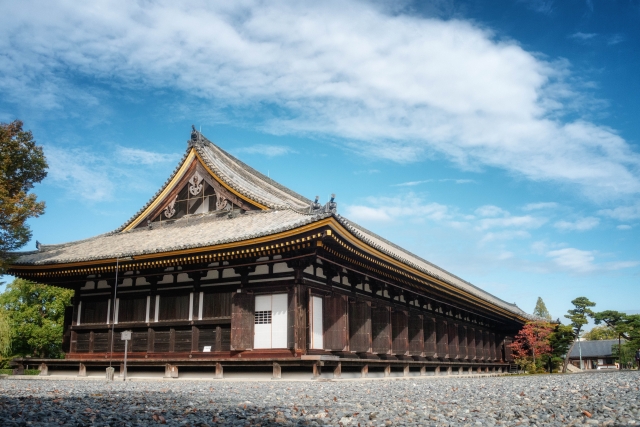
While wabi-sabi is rooted in traditional Japanese culture and philosophy, it’s not something most modern Japanese—especially younger generations—actively think about in daily life.
That said, the spirit of wabi-sabi still seems to live quietly in everyday attitudes. There’s a deep cultural habit of treasuring old things, repairing broken items, and finding charm in what’s worn or imperfect. The idea of mottainai—not wasting things—is a good example. Many people in Japan feel a kind of quiet respect for objects with age, flaws, or a sense of incompletion.
FAQs About Wabi-Sabi
What does the term “wabi-sabi” mean?
It means finding beauty in things that are imperfect, impermanent, and incomplete. It’s about accepting the natural flow of life rather than trying to control or perfect everything.
What are the three principles of wabi-sabi?
The core ideas are:
- Imperfection: Beauty in flaws and asymmetry
- Impermanence: Embracing change and decay
- Incompleteness: Valuing openness and the unfinished
Is wabi-sabi the same as minimalism?
Not exactly.
Minimalism often focuses on clarity and function—clean lines, neutral palettes, and “less is more.”
Wabi-sabi is more emotional and poetic. It’s about embracing irregularity, weathering, and emotional resonance. A minimal space can be wabi-sabi—but not all minimalist design reflects wabi-sabi’s warmth and age.
Can I bring wabi-sabi into a Western-style home?
Absolutely.
You can start small:
- Choose natural materials like wood, linen, or clay
- Use handmade or vintage items
- Let go of perfection—allow some irregularity or open space
Wabi-sabi is not about copying Japanese style; it’s about honoring life as it is, wherever you are.
Where can I find wabi-sabi books or resources?
Some excellent starting points:
- Wabi-Sabi: For Artists, Designers, Poets & Philosophers by Leonard Koren
- Wabi Sabi: Japanese Wisdom for a Perfectly Imperfect Life by Beth Kempton
- Blog essays by Omar Itani
- BBC documentary In Search of Wabi Sabi
Final Thoughts
Wabi-sabi invites us to see the world—and ourselves—with gentler eyes.
It tells us:
You don’t have to be flawless to be worthy.
A cracked bowl can be beautiful.
A quiet moment can be profound.
A life with scars and softness is still a life full of grace.
In a time when everything moves fast and looks polished, wabi-sabi brings us back to what’s real:
- The warmth of age
- The dignity of imperfection
- The peace in accepting what is
You don’t need to buy anything to experience wabi-sabi.
Just pause.
Notice what’s already around you.
Let the silence speak.
And perhaps, slowly, you’ll begin to see that imperfection is not a flaw—but a doorway to something deeper.